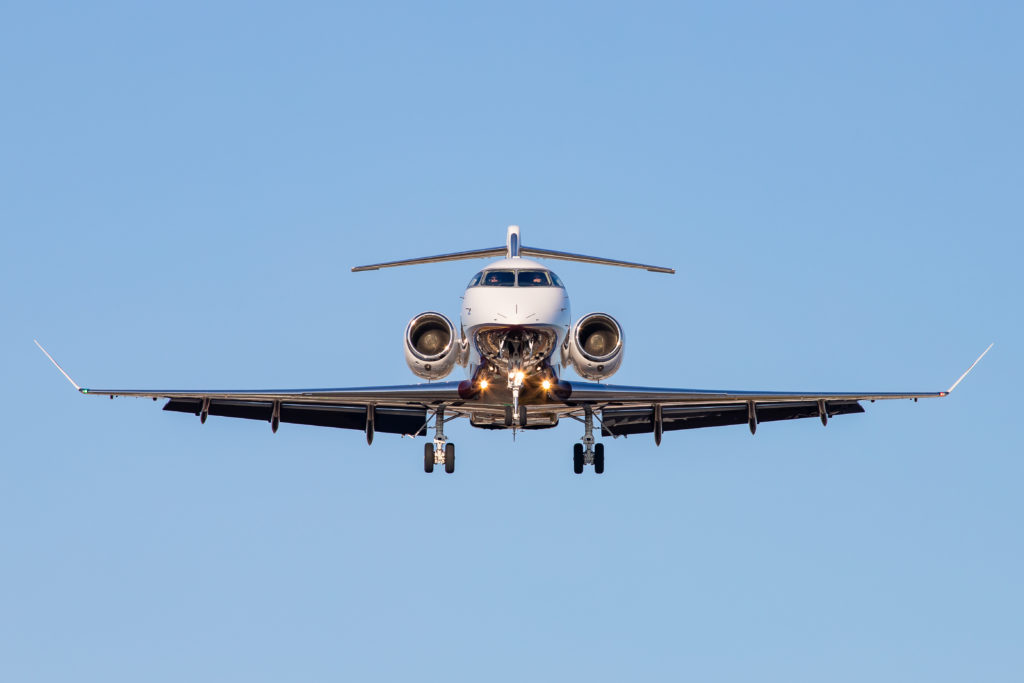Estimated reading time 4 minutes, 36 seconds.
The federal government on July 14 announced clarifications to the upcoming luxury tax in Canada, stating that it will, indeed, come into effect on Sept. 1, 2022, for boats, vehicles, and aircraft.
Since the notion of a luxury tax on new private aircraft worth $100,000 or more was resurrected by the Canadian government in early 2021, the Canadian Business Aviation Association (CBAA) has been trying to engage in dialogue with the Canadian government to convey the punitive impacts this tax will have on the aviation industry — including jobs — and, until recently, had thought it was making headway.

The association’s president, Anthony Norejko, had brought together a number of industry associations and partners, as well as the unions, to fight against the luxury tax on aircraft. Norejko said “this [recently] caused the NDP to put the motion forward that said they recognize that because the government had done no impact analysis” regarding aviation, the luxury tax would be applicable on only boats costing more than $250,000 and vehicles worth more than $100,000 as of Sept. 1.
“When they were asked the question in the finance committee, ‘What impact would this tax have if you impose it on aircraft?’ They couldn’t answer the job loss question,” Norejko told Skies.
“Job losses are the principal point here,” he added. “Going in and creating this luxury tax for aircraft manufactured after 2018 is just going to hurt domestic manufacturing — Bombardier, Diamond, Viking/De Havilland, etc.”
Nonetheless, in mid-July the federal government confirmed that it decided to go against the unanimous support from the parliamentarians to separate aircraft from the luxury tax, as it wants to complete more impact studies. The tax would, however, be “relieved” on sales of certain aircraft for export completed by a registered vendor, according to the government.
Aircraft would also be exempt from the tax if they are acquired by a “qualifying user,” such as a police or fire department, or when “all or substantially all” use has been certified to be in one or more “qualifying exempt activities.” Those would include service to remote communities accessible only by air; medevac or flight training services; scheduled public or cargo flights; and charter services where all or most seats are sold individually.
Norejko and the CBAA had wanted to see an exemption for business and commercial charter. “The way it’s drafted is on a per-seat basis; nobody takes a business aircraft charter management program and puts it on that basis.”
Following the government’s recent clarification of the tax, Norejko released a statement on July 19, saying the association has “lost faith in the constructive dialogue with government on decisions of vital importance to our members.”
The CBAA acts as a voice for more than 400 business aviation companies and organizations across Canada.
“We urge this government to return to the table and, at the very least, consult with our sector on reasonable timelines for tax policy changes that should not be punitive but indeed supportive for all Canadians,” concluded Norejko.








